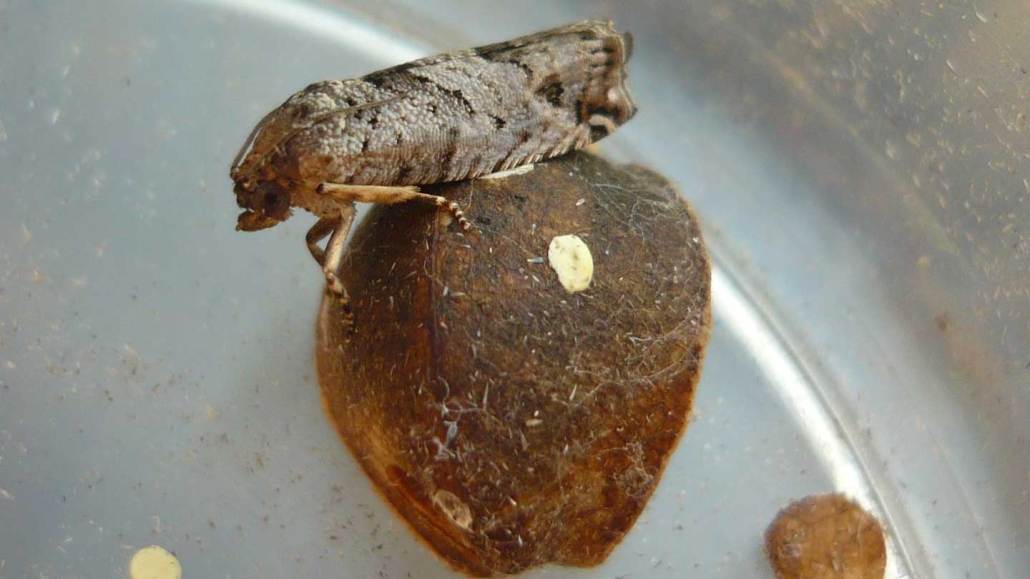
A jumping bean moth rests on a seed pod that was once its home where, as a larva, it relied on random hops to beat the heat.
AuldAlliance/English Wikipedia

A jumping bean moth rests on a seed pod that was once its home where, as a larva, it relied on random hops to beat the heat.
AuldAlliance/English Wikipedia